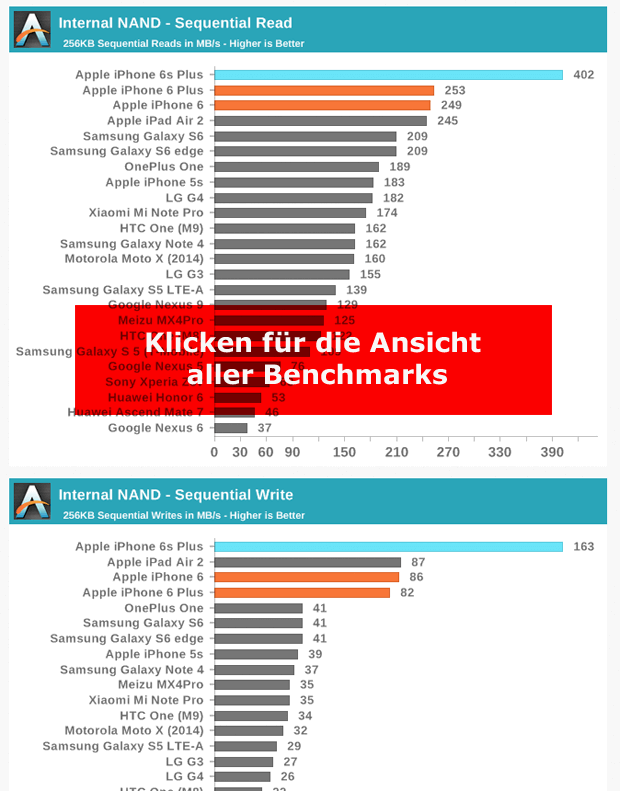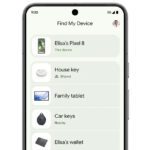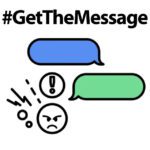Receive, read, calculate, write and save data; A smartphone must be able to do all of this in order to be able to offer its repertoire of services and functions. The faster the individual services are provided, the smoother the performance and the more complex it can be. The latest iPhone, model 6s, has now been put through its paces by AnandTech. The result: it leaves the competition miles behind.
Chapter in this post:
- 1 All benchmark results in one graph
- 2 Interpretations and results of the benchmark tests
- 3 iPhone 6s is faster than iPad Air 2
- 4 Android flagships like Galaxy S6 and Ascent Mate 7 are left behind
- 5 Mobile storage is similar to that of the MacBook
- 6 NVMe storage: some comparison values for illustration
- 7 source
- 8 Similar posts
All benchmark results in one graph
I looked at the graphics of the benchmarks from AnandTech built together and made a big long graphic out of it. Since this is a bit long for the article, I've only included a teaser graphic here. If you click on this, the large graphic will open with all benchmark results.

Interpretations and results of the benchmark tests
iPhone 6s is faster than iPad Air 2
The iPhone 6s is faster than a tablet and slower than a tablet. There are several facts in the extensive benchmark evaluations:
- The iPhone 6s is faster than the iPad Air 2.
- Currently, only the Microsoft Surface Pro 3 is faster in many tests.
- The iPhone 6s leaves Android devices in the shade in most of the tests.
Android flagships like the Galaxy S6 and Ascent Mate 7 are left behind
In addition to the big competitors like the HTC One, the LG G4 or the Google Nexus 9, the iPhone 6s also leaves many other Android devices behind. The Huawei Ascent Mate 7 or the Samsung Galaxy S6 are also far behind and cannot come close to Apple's performance. The reason is to be found in the new A9 processor as well as in the fast memory chips of the smartphone.
Mobile storage is similar to that of the MacBook
Most smartphones use so-called eMMC-Storage. The “e” stands for embedded and the MMC for Multimedia card. In other words: most smartphone memories are built-in memory Cards. These often have similar or not significantly better performance values than exchangeable memory cards, as known from digital cameras or video cameras.
With the Apple iPhone 6s, the technology developed in 2011 for home computers appeared in a smartphone for the first time NVMe for use. The abbreviation NVM stands for Nonvolatile memory, i.e. non-volatile memory. And the e stands for Express. This technology describes a driver-independent interface solution for SSD storage that is designed for parallel access or multithreading.
NVMe storage: A few comparative values to illustrate this
In addition to the theoretical explanation, the new technology may be easier to understand with comparable numerical values. For example, a 6s iPhone Plus checked for reading and writing 256 KB of data. The results showed a read speed of 402 MB / s and a write speed of 163 MB / s.
Write-read speeds in comparison:
- Read and write speed with the iPhone 6Plus: 253 Mbit / s and 82 Mbit / s
- Read and write speed with the Samsung Galaxy S6: 209 Mbit / s and 41 Mbit / s
- Read and write speed with the LG G4: 182 Mbit / s and 26 Mbit / s
Which
You can find all tests and their results in comparison to other brands and models as well as a detailed report (in English) at AnandTech.com.
Related Articles
Jens has been running the blog since 2012. He acts as Sir Apfelot for his readers and helps them with technical problems. In his spare time he rides electric unicycles, takes photos (preferably with the iPhone, of course), climbs around in the Hessian mountains or hikes with the family. His articles deal with Apple products, news from the world of drones or solutions to current bugs.








